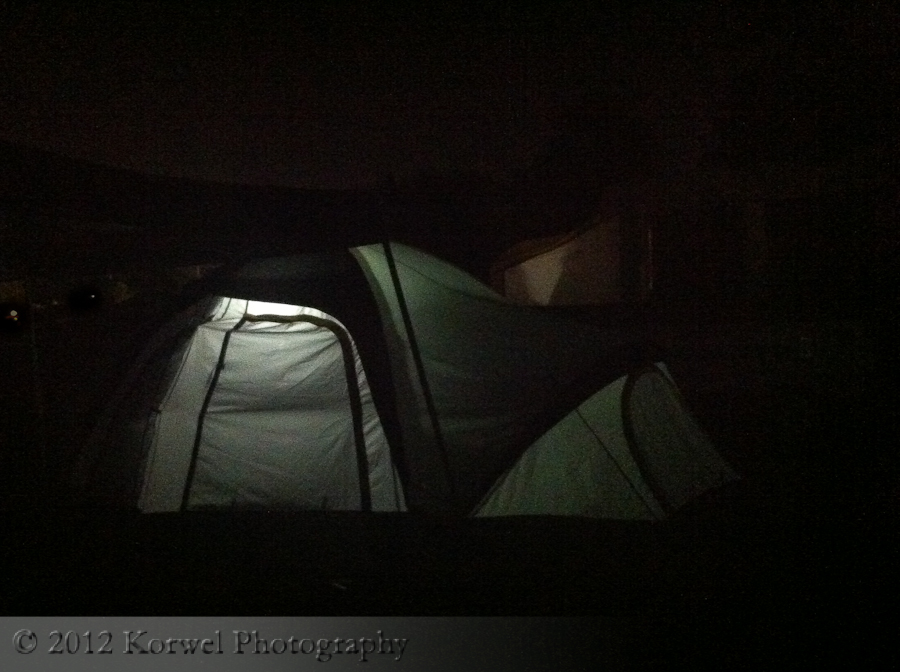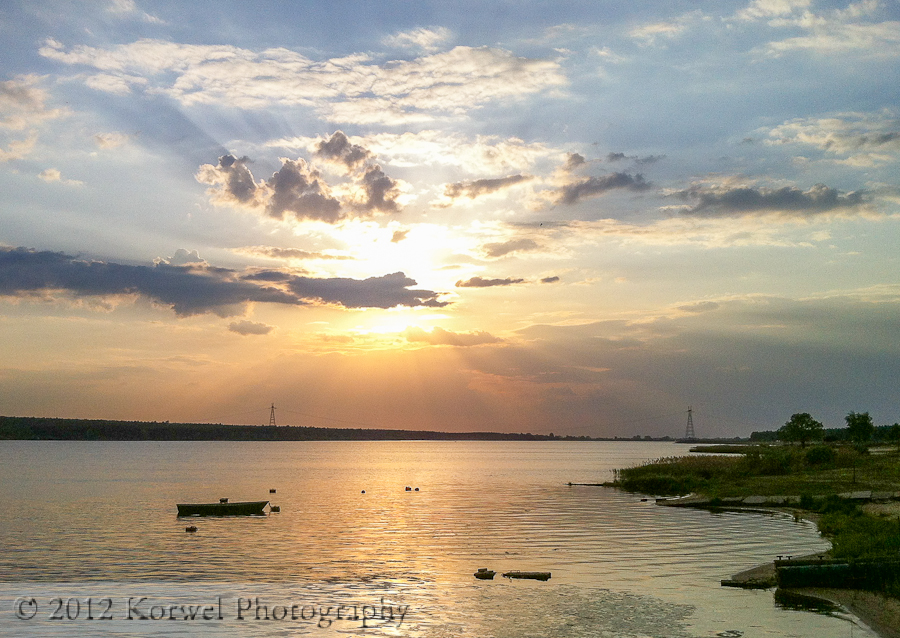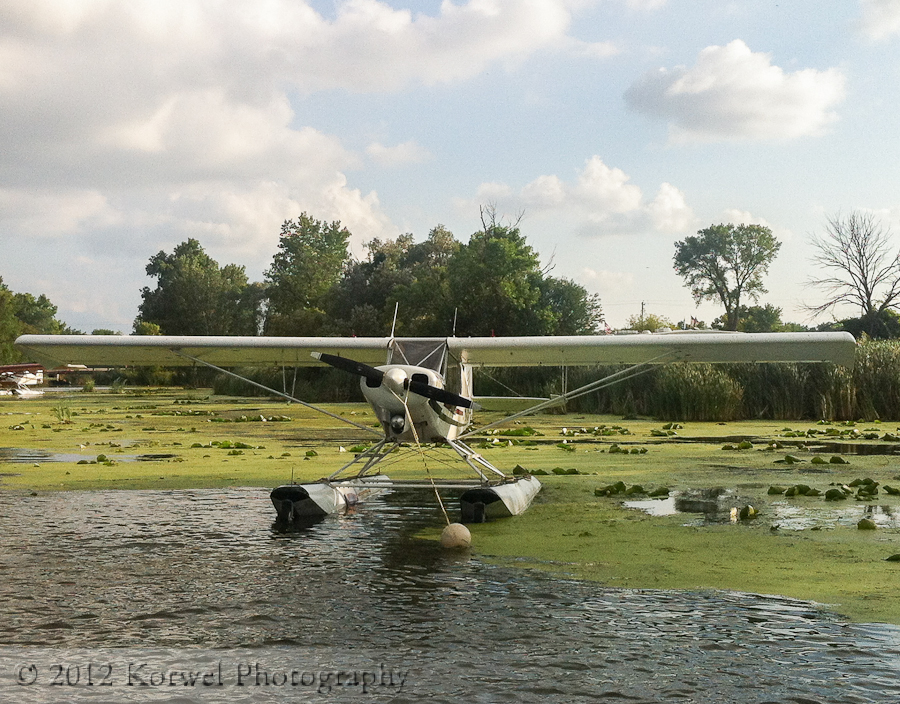Why mobile phone cameras WILL replace point-and-shoots. And soon.
I have recently heard an otherwise interesting presentation on current trends in digital photography regarding gear. While it gave me a few things to consider for my next dSLR choices, there was this one hypothesis I did not agree with. The speaker suggested that the point-and-shoot (otherwise called compact) cameras are in good shape and at no risk of being replaced by mobile camera phones, especially iPhone.
I actually think that compact not only will be replaced, I feel they are loosing market share every day. The reason it is happening is that they not only offer less features compared to smart phones, not only iPhone, in one mobile box. Most importantly, it adds another item to carry (and potentially lose).
Out of pure interest, I looked at some features of current models of compact cameras at local camera store (not limited by price, not only Nikon and Canon models, 44 cameras in total). Let me show you what I found.
Pixel dimensions
16 MPx seems to be a standard offered in most compact cameras nowadays, with smalles being 10 MPx. The iPhone 4s has 8 MPx and the rumors for new iPhone 5 do not predict it will change. Yet, with most pictures ending up as maximum 900 x 900 px on the web, does it really matter? And even if you insist on printing, the 8MP image from iPhone can be printed as large as 10″ x 8″ without any upscaling. Enough, I would say.
Is it limiting low light shooting? Possibly. The truth be told iPhone images tend be quite noisy. Unfortunately, maximum ISO information is not easy to find for most compact cameras. I found one with max ISO 12,800 which is impressive comapred to apprently max ISO on iPhone of 1000. Price of that camera (remember, it is point ans shoot) was impressive $800, too. At this price, I would go and buy “regular” camera.
Lenses
By definition almost, compact cameras are designed as “what you see is what you get” – one lens, with possibility to zoom (optical or digital, I will talk about the former later). Going through different makes and models, the apertures typically have a range from f/2.8 up to f/6.9. For comparison, iPhone has apparently a constant aperture of f/2.8. It doesn’t matter, really. With either iPhone or compact camera, forget about lovely bokeh. The images will be equally sharp from top to bottom, unless you shake it while pressing shutter.
As far as focal length is concerned, in terms of 35 mm equivalent, most of them have lens from around 30 mm up to maybe 140 mm. It translates into optical zoom being typically 5x, with just few offering up to 20x or even 35x zoom. Those will tend to come also with higher price.
Compared to that, iPhone 4 has focal length of 3.85 mm, and it is already a 35 mm equivalent. No optical zoom, only 5x digital zoom. Every photographers knows that the same effect, mostly degradation of quality, can be achieved by cropping. Yet, despite that limitation, the close focus on the iPhone allows to take exquisite macro images.
Additionally, for iPhone and few other mobile phones, you can buy accesory lenses. As examples, there is a telephoto lens available or macro/fisheye/wide angle from Olloclip for iPhone. And the set which will turn the iPhone into one of Holga’s cameras for vintage look.
Do they make phone look funny? Of course they do. Yet, according to reviews, they do the job and extend the capabilities of the device. Something I doubt you can get for any compact camera.
Waterproofing
Ruggedness seems to build in most electronic devices these days. After all, people tend to drop things, and many of them will want to let children play with those toys. No wonder all compact cameras as well as iPhone can withstand being dropped from certain heights (typically no mo re than chest-heights).
Waterproofing is quite a different story, And we are not talking accidental landing in coffee or rain puddle. If you want to snorkel with compact, you better buy one of 3 models which can withstand 10 m (almost 33 ft) depth, or at least one that you can safely submerge to 3 m (10 ft). For the rest, you will have really hard time finding a waterproof case.
Now with iPhone, there are quite a few manufactures of those cases, with LifeProof being just one example. Quick Amazon search will show you all available options.
Build-in GPS
Geotagging of photos becomes more and more popular. For serious photographers, it is a way to mark this perfect landscape spot or shooting location for next photo session. For most, it allows to map their vacation adventure or meals in favorite restaurants. On consumer end, you can explore Flickr images by location on the map, or see your images mapped in Lightroom. There are even services, like Sitghtsmap, see where in the world the most images are taken.
Yet, I was able to find this feature in only 3 compact cameras currently sold on the market. Will more show up soon, with this feature slowly finding its way (or being considered) for dSLRs?
With iPhone build-in GPS, unless you turn this feature off (which makes sense sometimes for privacy issues), all your images are geotagged. Moreover, all of the images in your Camera Roll can be mapped instantly, right in the iPhone, in the camera app.
Video/audio recording
Video also gains in popularity. It allows you to record birthday party or a deer crossing the road at night on front of your car.
With introduction of this feature into dSLR, no wonder you can find it in compact cameras as well. Absolutely all of them have currently video capability. Not many offer better resolution then an iPhone (720p).
Touch screen
Using a touchscreen makes the experience of electronic device so much better and more intuitive. The popularity of iPhones and iPads just proved it. For camera use, not only easy of finding options matters, but also choosing spot to focus and/or exposure is simplified with touch screen. The designers of compact cameras recognize the need, but still the minority offres the feature. I found it only in 7 models (out of 44). The good news is it is not present only in the highest priced cameras.
Image processing in-device
Compact cameras do not came with apps. To make them even less competitive, I was able to find only one model with build-in HDR feature. Maybe it will change down the road. None offers automatic panorama stitching, which should be equally easy to do.
In contrast, countless apps are available for iPhone in App store. There are apps for HDR (although also the camera can do it), for panorama stitching, apps expanding capabilities of build-in camera and multidude of post-processing apps, filters etc. They can be one-click for quick and easy edit, or more complex than Lightroom (or even Photoshoop!). Great overview can be found in iPhone photography e-book by Misho Baranovic.
Wi-fi or 3G connection capability
Sharing is a default state for modern citizens. We do not take pictures for our own memory, no, right away we want to share them with family and friends. The social media are based on this need (or did they create it?).
None, not a single compact camera has a 3G or even wi-fi capability build into them. You need to get camera home, download images and upload on the site. Possibly days later, after you are back from vacation or a trip. And with iPhone, you can take, post-process image and share with away, within minutes. It opens possibilities not only for regular users, but also for steet photographers and news reporters!
Limitations of comparisons
What I did not look at all while comparing currently available on the market compact cameras and iPhone is the price. You can buy compact cameras everywhere starting from $99.99 up to 799.99, depending of your expectations. You buy the smart phone, iPhone in particular for many other functions. It also often comes with a couple year contract, which lowers the price and decreases your chances of early upgrade. Just no way it can be compared in a fair manner.
The comparison is also not objective- I really enjoy photographing with my iPhone. Since I got the first one, I never even considered needing another camera than iPhone and dSLR. They complement each other. Another, compact camera just adds weight of additional object I need to remember to carry. And doesn’t offer much over what the iPhone can do.
Just take a look at the images accompanying this post. They were taken with my iPhone 4 (not even 4s, which proved superb) just in last few months. I use it all the time, even when I have a dSLR with me. I often use it for post-processing, too (although lean towards iPad since I got that).
Do you agree with me? Do you see a need for compact I did not see? Or do you also rely on your iPhone or another mobile phone camera? Please share your opinions in comments.
UPDATE May 2013- just to see how to accessorize your iPhone for additional photographic opportunities, see this 30 gadgets list on PhotoDoto.
The links in this post might be affiliate links. See details of our affiliate policy here.





